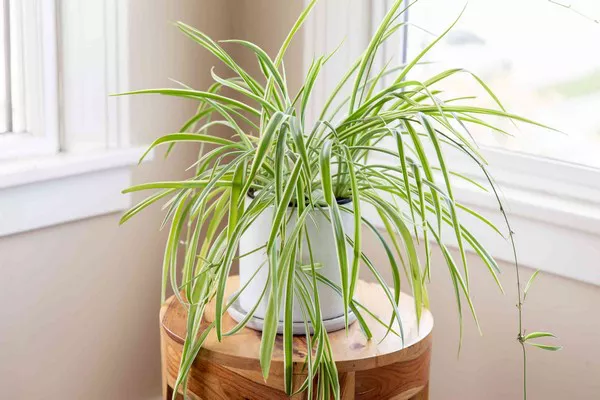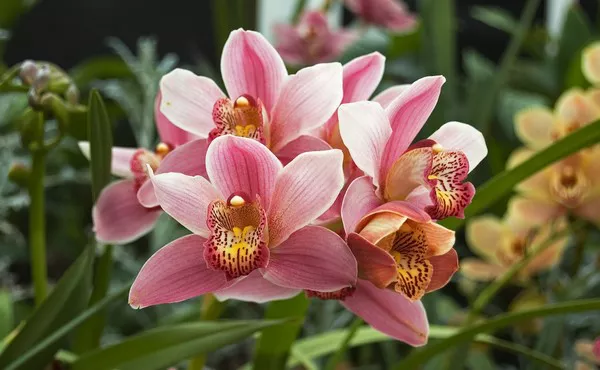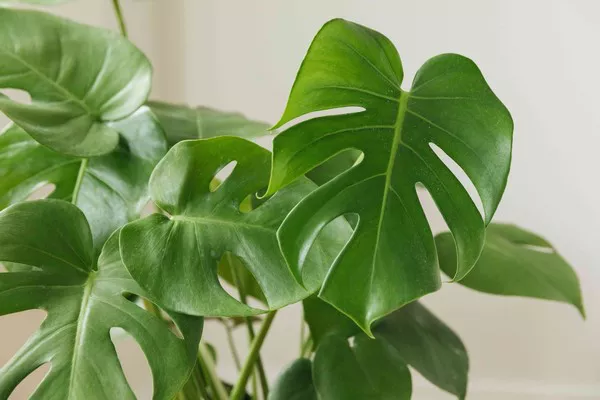Birch trees, known for their striking white bark and delicate leaves, are beloved in many landscapes around the world. Among the various species of birch, Betula nana, commonly known as the dwarf birch, stands out as the smallest. This article delves into the unique characteristics, growth habits, ecological significance, and care tips for Betula nana, making it a fascinating choice for gardeners and nature enthusiasts alike.
Introduction to Betula Nana
Overview of the Dwarf Birch
Betula nana, or dwarf birch, is a low-growing shrub native to the Arctic and subarctic regions. It thrives in cold climates, making it a popular choice in alpine gardens and rockeries. This species typically grows to a height of just 1 to 3 feet, making it the smallest of all birch trees. Its compact size and attractive foliage make it an ideal candidate for smaller landscapes and gardens.
Historical Significance
Dwarf birch has been a vital part of the ecosystems in which it thrives. Indigenous peoples have utilized Betula nana for various purposes, including crafting materials and medicinal uses. Its ability to grow in harsh environments has also made it a subject of interest in ecological studies, particularly in understanding plant adaptation to climate change.
Characteristics of Betula Nana
Physical Appearance
Size and Growth Habit
Betula nana typically grows between 1 to 3 feet in height, with a spread of up to 4 feet. Its growth habit is generally bushy and spreading, which allows it to form dense thickets in its native habitats. The branches are slender, and the overall appearance is quite delicate compared to larger birch species.
Leaves
The leaves of the dwarf birch are small, ranging from 0.5 to 1.5 inches in length. They are ovate with a serrated margin and have a glossy green color that turns a beautiful yellow in the fall. The small size of the leaves is an adaptation to minimize water loss in its cold, windy habitats.
Bark
While the bark of Betula nana is not as striking as that of larger birch species, it still exhibits some interesting characteristics. The bark is thin and can be a grayish-brown color, often peeling slightly. Unlike other birches, it lacks the prominent white bark, which is more common in species like Betula papyrifera (paper birch).
Reproductive Features
Flowers and Seeds
Betula nana is a monoecious plant, meaning it has both male and female reproductive structures on the same plant. In spring, it produces catkins—elongated clusters of flowers. The male catkins are yellowish, while the female ones are greenish. Pollination occurs via wind, and once fertilized, the female catkins develop into small, winged seeds that can disperse over considerable distances.
See also: Top 10 Garden Plants with Small White Flowers
Habitat and Distribution
Native Range
Betula nana is primarily found in the Arctic and subarctic regions, thriving in areas with cold temperatures and short growing seasons. Its native range includes parts of Alaska, Canada, Greenland, and northern Europe. In these regions, it often grows in wet, acidic soils, commonly found in tundra and peat bogs.
Ecological Role
As a pioneer species, dwarf birch plays a crucial role in its ecosystem. It helps stabilize soil and prevent erosion, particularly in fragile tundra environments. Its roots can improve soil structure, making it easier for other plants to establish. Additionally, Betula nana serves as a food source for various wildlife, including birds and herbivorous mammals.
Growing Betula Nana
Cultivation Requirements
Soil Conditions
Dwarf birch prefers well-drained, acidic soils that retain some moisture. It can tolerate poor soil conditions, which makes it suitable for less fertile garden areas. If you’re planning to grow Betula nana, consider amending your soil with organic matter to improve its texture and nutrient content.
Light Requirements
This species thrives in full sun to partial shade. While it can tolerate some shade, its growth will be more vigorous in sunnier locations. Ideally, plant it in a spot that receives at least 6 hours of sunlight each day.
Watering and Fertilization
Betula nana has moderate water requirements. It prefers consistently moist soil, especially during its growing season in spring and summer. However, it’s essential to avoid waterlogging, as this can lead to root rot. In terms of fertilization, a balanced, slow-release fertilizer applied in early spring can support healthy growth.
Pruning and Maintenance
Pruning is generally minimal for dwarf birch. However, removing any dead or damaged branches can promote better air circulation and overall plant health. The best time to prune is during late winter or early spring before new growth begins.
Uses and Benefits
Ornamental Value
Dwarf birch is an excellent choice for ornamental purposes due to its unique size and shape. It can be used in various landscape designs, including rock gardens, alpine gardens, and as ground cover in larger planting schemes. Its fall color adds seasonal interest, making it a delightful addition to any garden.
Wildlife Habitat
Betula nana is an essential part of its ecosystem, providing habitat and food for various wildlife species. Birds often nest in its branches, while small mammals and insects feed on its leaves and catkins. Planting dwarf birch can support local biodiversity and contribute to a healthier ecosystem.
Medicinal and Cultural Uses
Traditionally, indigenous peoples have utilized dwarf birch for medicinal purposes. Its leaves and bark have been used in teas and poultices to treat various ailments. Additionally, its flexibility and strength make it suitable for crafting tools and baskets.
Challenges in Cultivation
Pests and Diseases
While Betula nana is generally resilient, it can be susceptible to pests such as aphids and caterpillars. Regular monitoring and appropriate treatments can help manage these issues. Additionally, fungal diseases can affect the plant, particularly in overly damp conditions.
Environmental Factors
Dwarf birch is adapted to thrive in cold climates but may struggle in warmer regions. If grown in areas with high temperatures, it’s crucial to provide adequate moisture and partial shade to prevent stress on the plant.
See also: Top 10 Rarest Smallest Flowers in the World
Conclusion
Betula nana, the smallest birch tree, is a remarkable species that adds charm and character to any landscape. Its compact size, ecological significance, and ornamental value make it an attractive choice for gardeners and nature enthusiasts. Whether used in rock gardens, as ground cover, or as a habitat for wildlife, dwarf birch exemplifies the beauty of small-scale gardening.
As we continue to explore sustainable gardening practices and foster biodiversity, incorporating species like Betula nana can play a crucial role. This resilient tree not only enhances the aesthetic appeal of gardens but also contributes to the ecological health of our environments. With proper care and attention, dwarf birch can thrive, bringing joy and beauty for years to come.
You Might Be Interested In:



![10 Most Richest Cities in the United States [Revealed!]](https://www.validdownloads.com/wp-content/uploads/2023/12/Manjula-Pothos.webp)




















